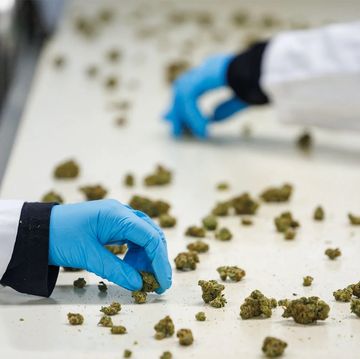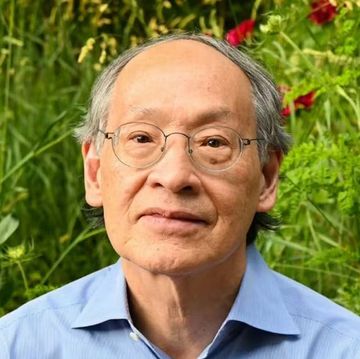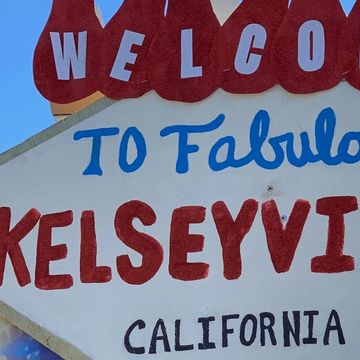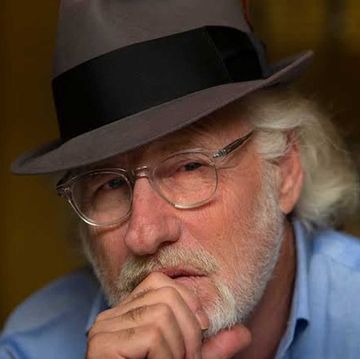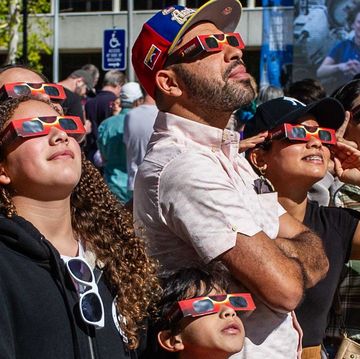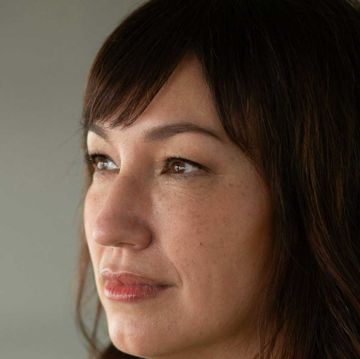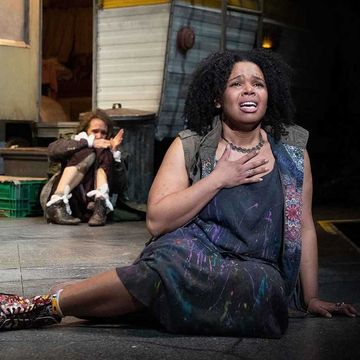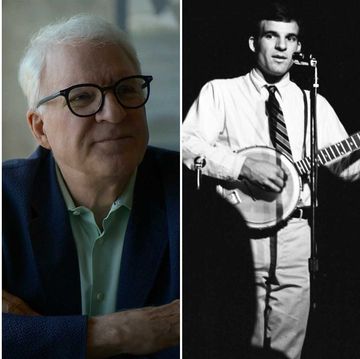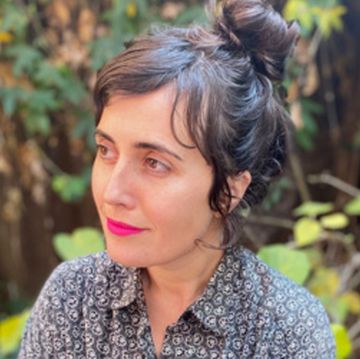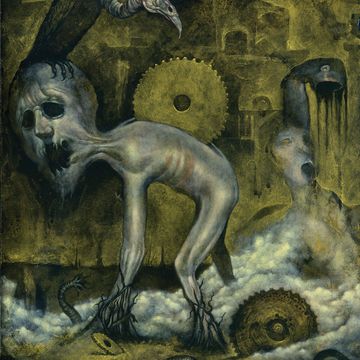A formerly French colonial mining town brooding over the Sea of Cortez like something out of the pages of a Joseph Conrad novel, Santa Rosalía is one of 40-plus new Pueblos Mágicos designated by Mexico’s Secretary of Tourism in 2023.
The town’s “magic” emanates from its 19th-century wooden architecture reminiscent of New Orleans and the rusting relics of the Boleo copper mine, which was—and continues to be—the town’s raison d’être. With a little imagination, aided by local preservation efforts, it’s possible during a short visit to conjure up a bygone era when over 8,000 inhabitants—200 of them French—built a sooty, singular company town here on the desolate shores of the sea.
This article appears in Issue 26 of Alta Journal.
SUBSCRIBE
Getting There
A 12-hour drive south from Tijuana on the Transpeninsular Highway (México 1), Santa Rosalía is a good stop-off at the Baja peninsula’s midpoint. It’s nearly three hours north of Loreto, where the international airport (LTO) receives many major airlines and car rentals are available. The ferry that used to make the sea crossing to and from Guaymas, on the mainland, has suspended service indefinitely.
Where to Visit
The Boleo copper mine, financed with investment from the House of Rothschild, launched in 1885 and closed (temporarily) in 1954, following a steady decline in production and the expiration of its tax exemption. Gallic ghosts haunt the rooms of the Museum of Mining History, a musty archive that contains artifacts of the operation and fading black-and-white photographs of men in top hats and tails and women in long dresses and bonnets at forgotten events, evoking the lives and culture of this onetime colonial outpost. The Compañia Minera Santa Rosalía and the Mexican government swiftly reopened the mine, and a succession of investors have kept it running. Now under majority ownership by a Korean syndicate, El Boleo is still turning out high-quality copper cathodes, along with cobalt, zinc, and manganese.
An astonishing relic of Santa Rosalía’s colonial past is the prefabricated Iglesia de Santa Bárbara, a metal church credited (somewhat tendentiously) to French architect Gustave Eiffel. The structure was originally headed for the Belgian Congo, but the Boleo mining company acquired it and erected it in town in 1897, naming it for the patron saint of miners. An austere edifice of stamped iron plates bolted together and painted white, it is hardly the most beautiful church in the world—but then again, la tour Eiffel was reviled and ridiculed before Parisians adopted it as their city’s landmark.
A walk through town is a must, as is a visit to the old port. A long jetty stretching out into the bay delineates the town’s harbor, created with slag from the mine’s smelters. Vacant warehouses and rusting dockside machinery are mute evidence of this once-bustling embarkation point for steamships carrying copper ore—at the port’s peak, up to 11,000 tons a year—to European factories. Nearby is the modern ferry port that served travelers and cargo haulers making the eight-hour crossing to Guaymas; it now sits idle, having suspended operations during the pandemic.
La Vendedora de Libros is not just the town’s only bookstore—it’s one of the literary centers of Baja California Sur. Proprietor Patricia Valenzuela stocks a variety of books by local authors and poets and hosts readings of newly published works. While nearly everything is in Spanish, the many photo books about Baja and the selection of authentic local crafts need no translation.
Where to Eat
Santa Rosalía is not yet a great dining destination, but there are a few spots that will satisfy visitors just fine. Start your morning at Panadería El Boleo, which has been providing the town with baked goods since 1901. The French community once purchased its baguettes and croissants in this boulangerie, but it’s since been transformed into a Mexican panadería that cranks out oven-fresh cuernos and bolillos. For heartier fare like huevos rancheros, try Mas Café, or drop into the hipster joint Café Mayoral, a few blocks away from the bookstore, for breakfast or lunch. The Mexican-style steakhouse Tonka’s Grill is popular with highway truckers, businesspeople, and locals in general, who come for the burgers, ribs, and draft beer.
Where to Stay
Perched on a rocky ridge overlooking piles of mine tailings, the town, and the sea, the elegant Hotel Francés opened in 1886, the year after the Boleo copper mine began operation. Rebuilt in 1920 after a fire destroyed the original structure, it’s been renovated as a boutique hotel. With its overstuffed lobby and second-story balcony, it easily recalls the Boleo’s boom time, when foreign dignitaries filled the rooms. It’s ideal for adventurous guests and history buffs who find creaky floors charming.
Side Trip
Less than an hour northwest of town on the Transpeninsular Highway, you’ll find Las Tres Vírgenes—a complex of three dormant volcanoes that jut more than 6,000 feet skyward and provide stark evidence of the Baja peninsula’s turbulent formation millions of years ago. Red-hued lava flows frozen in geological time surround the volcanoes; while recorded history marks no eruptions, climbers report burning their ankles on smoking-hot volcanic rocks. The outfit Eco Tour Las Tres Vírgenes, at the volcano’s base, reached by a dirt road just off the highway, offers rental cabins and a restaurant. Guided tours take day-trip and overnight trekkers up the breathtakingly steep slopes and to thermal springs in the surrounding nature reserve. Here, hidden canyons reveal monumental cave paintings—testimony of the region’s vanished hunter-gatherers.•
Rex Weiner is an award-winning journalist based in Todos Santos, Baja California Sur where he has owned a home for many years, and is co-founder and co-director of the Todos Santos Writers Workshop, now in its 11th year.








